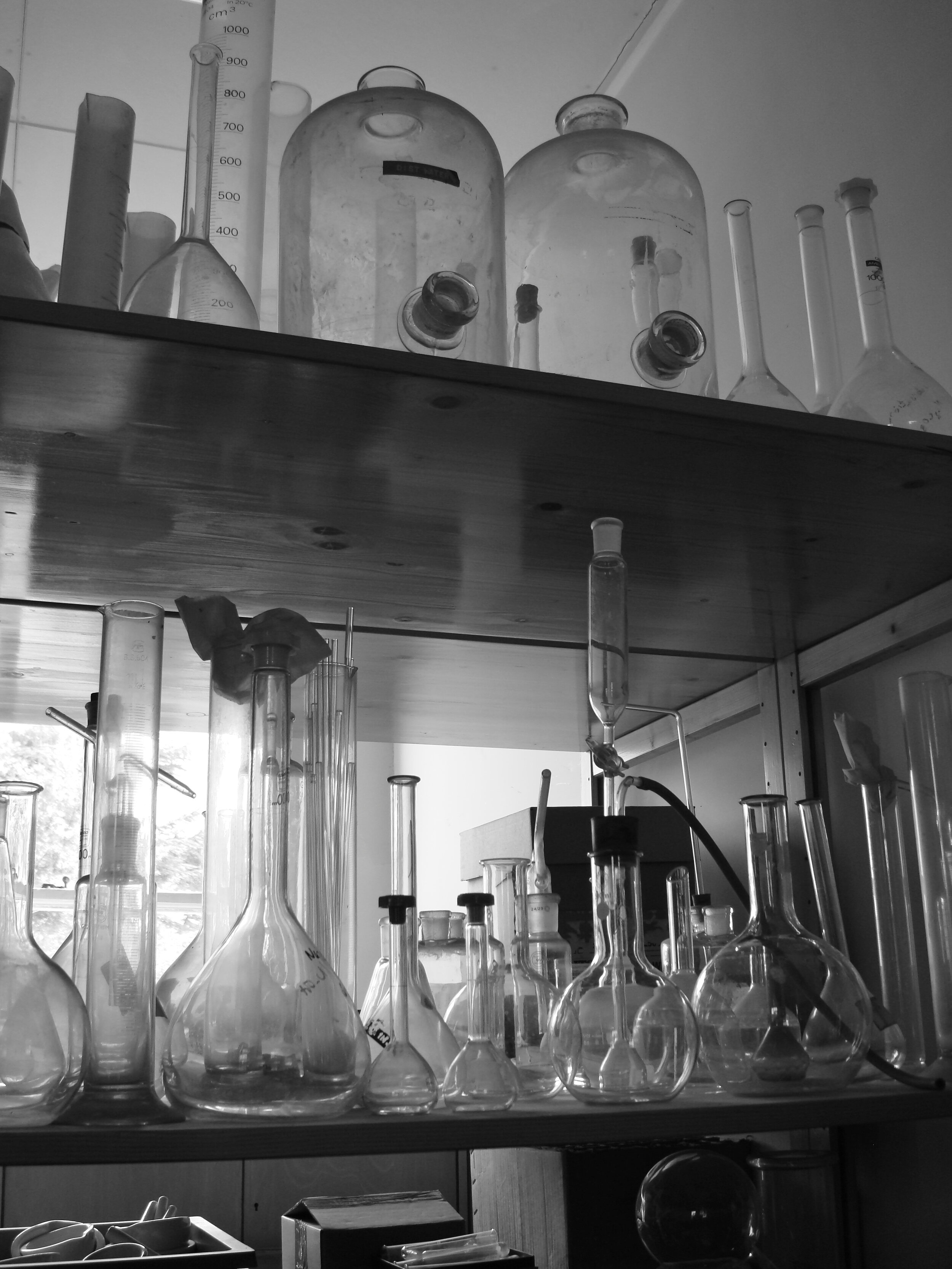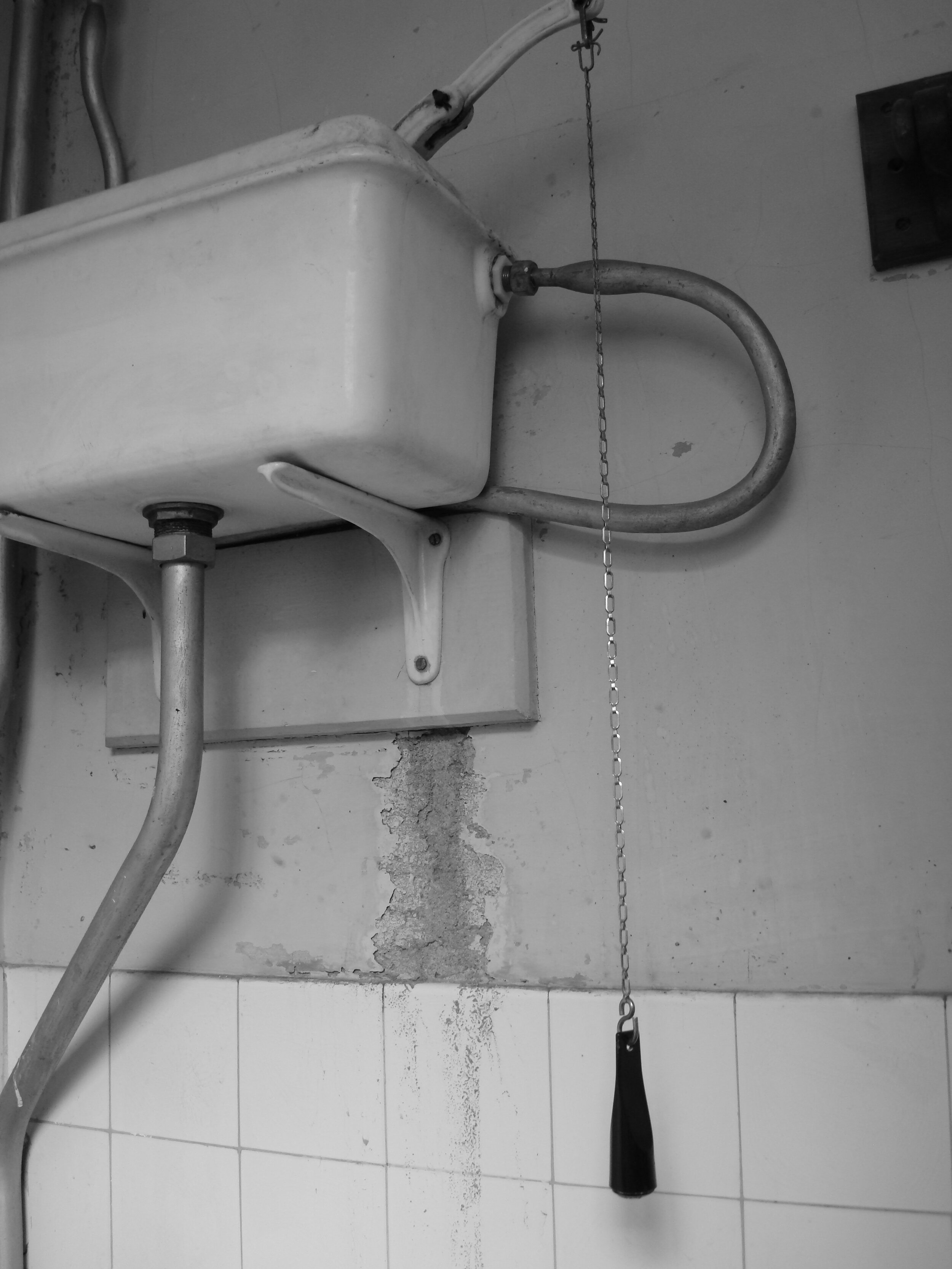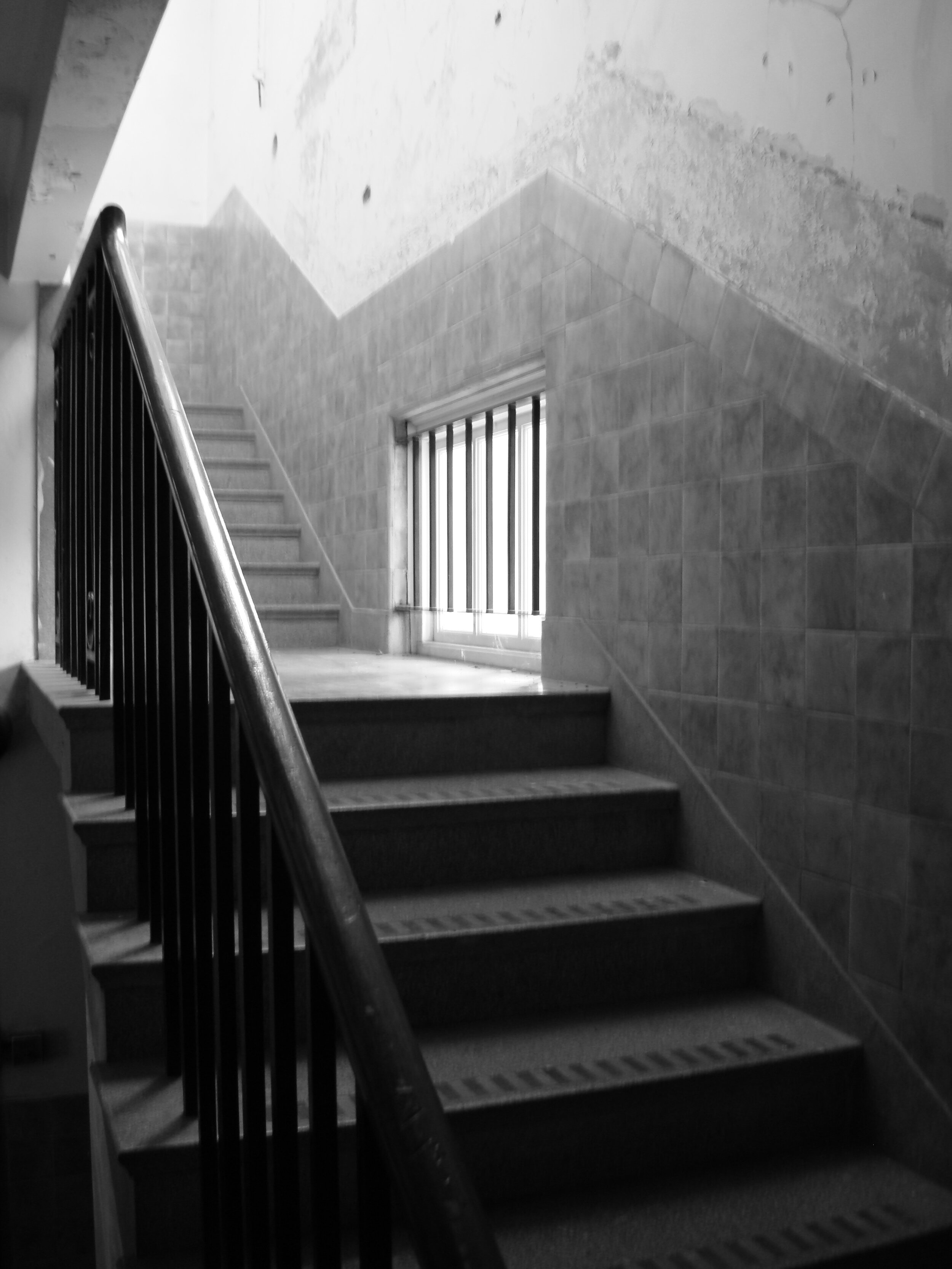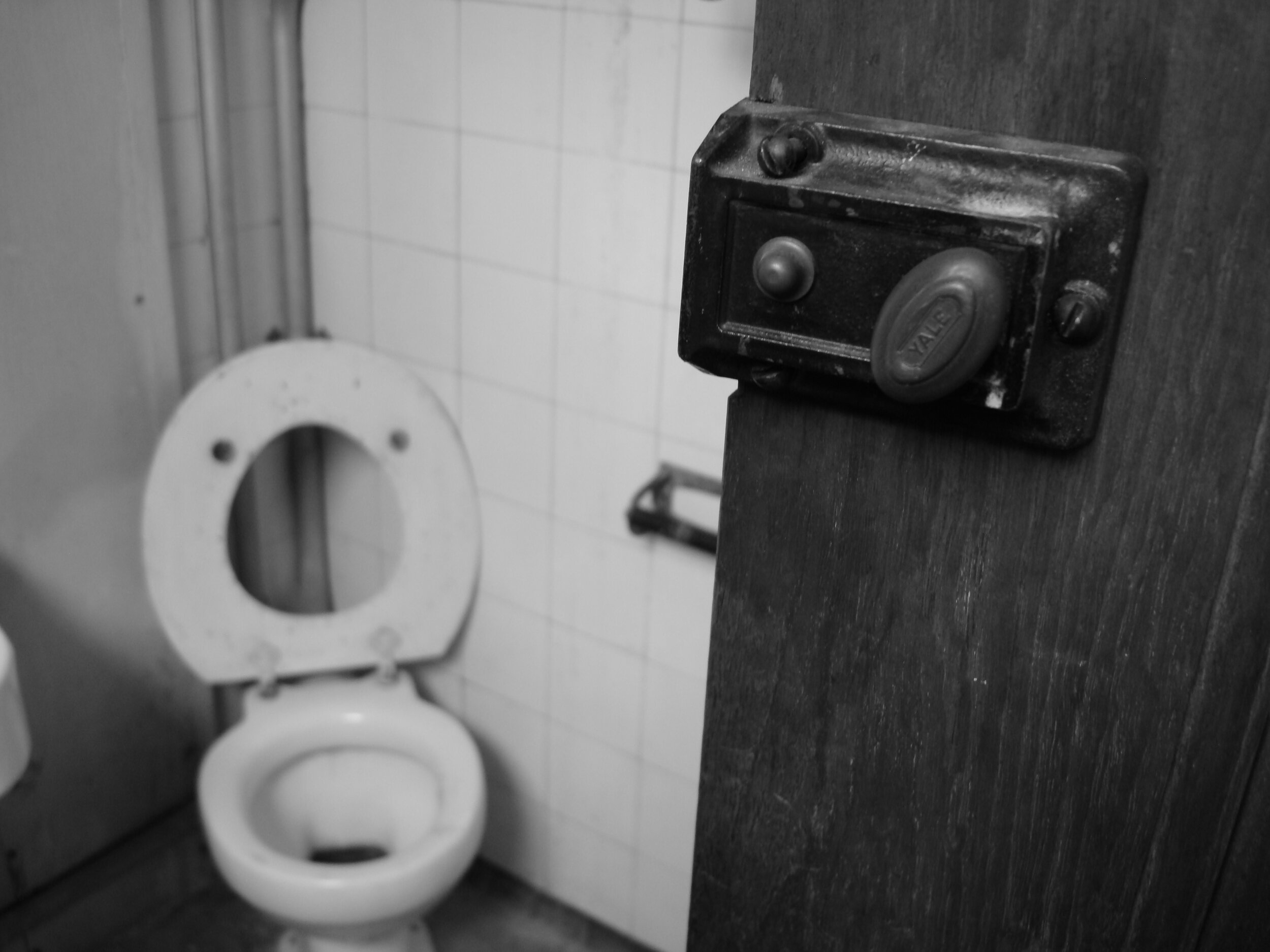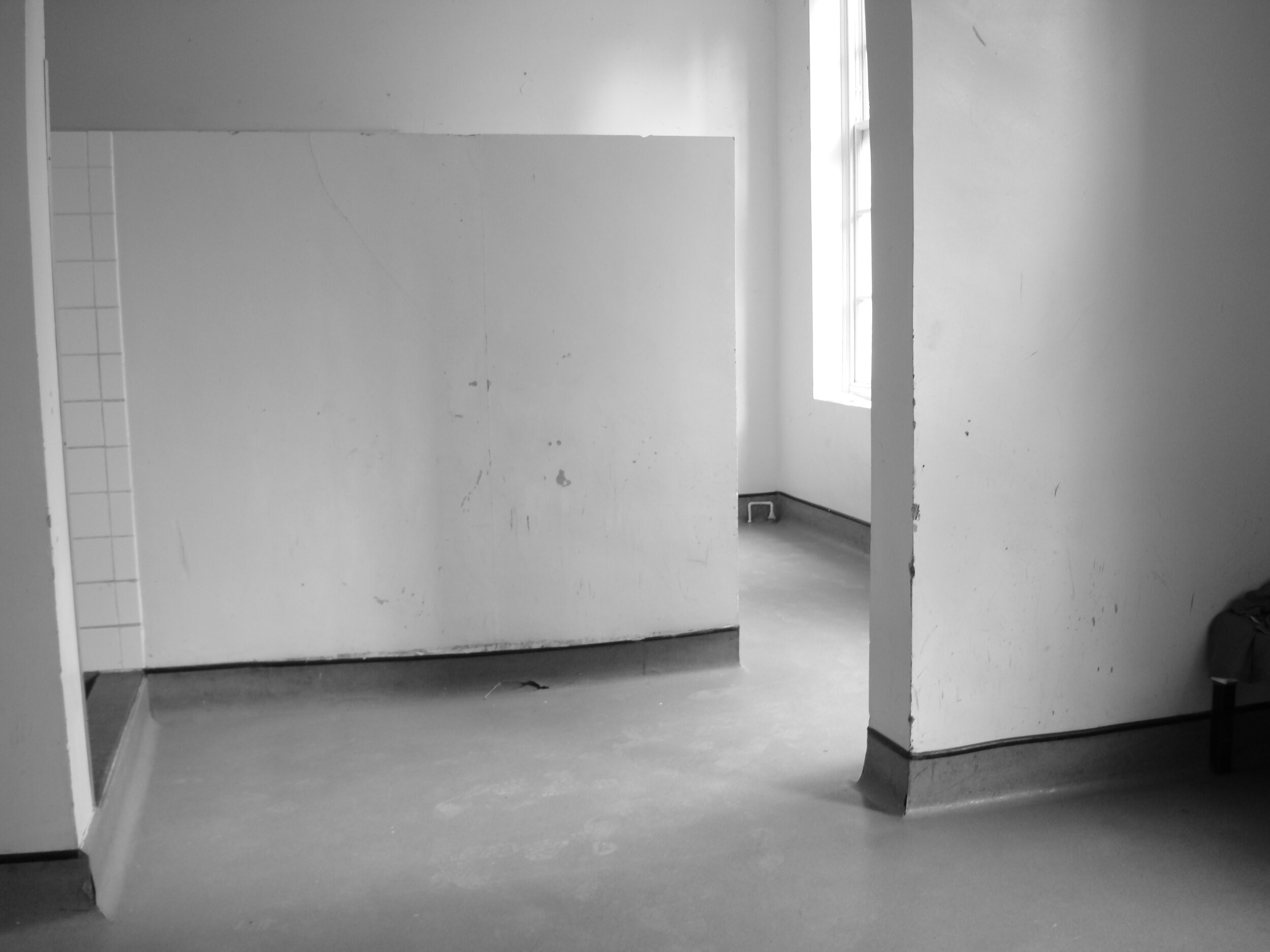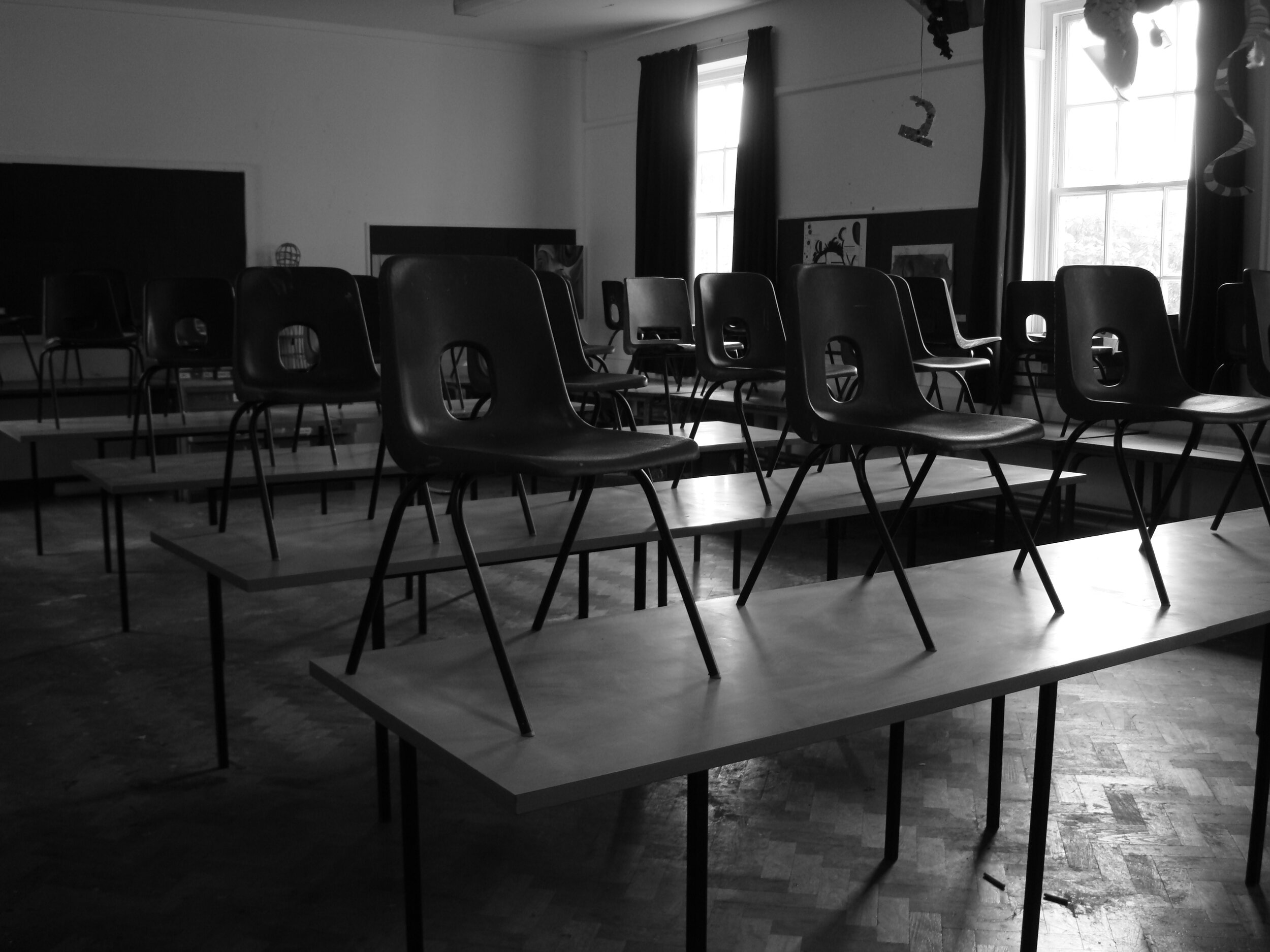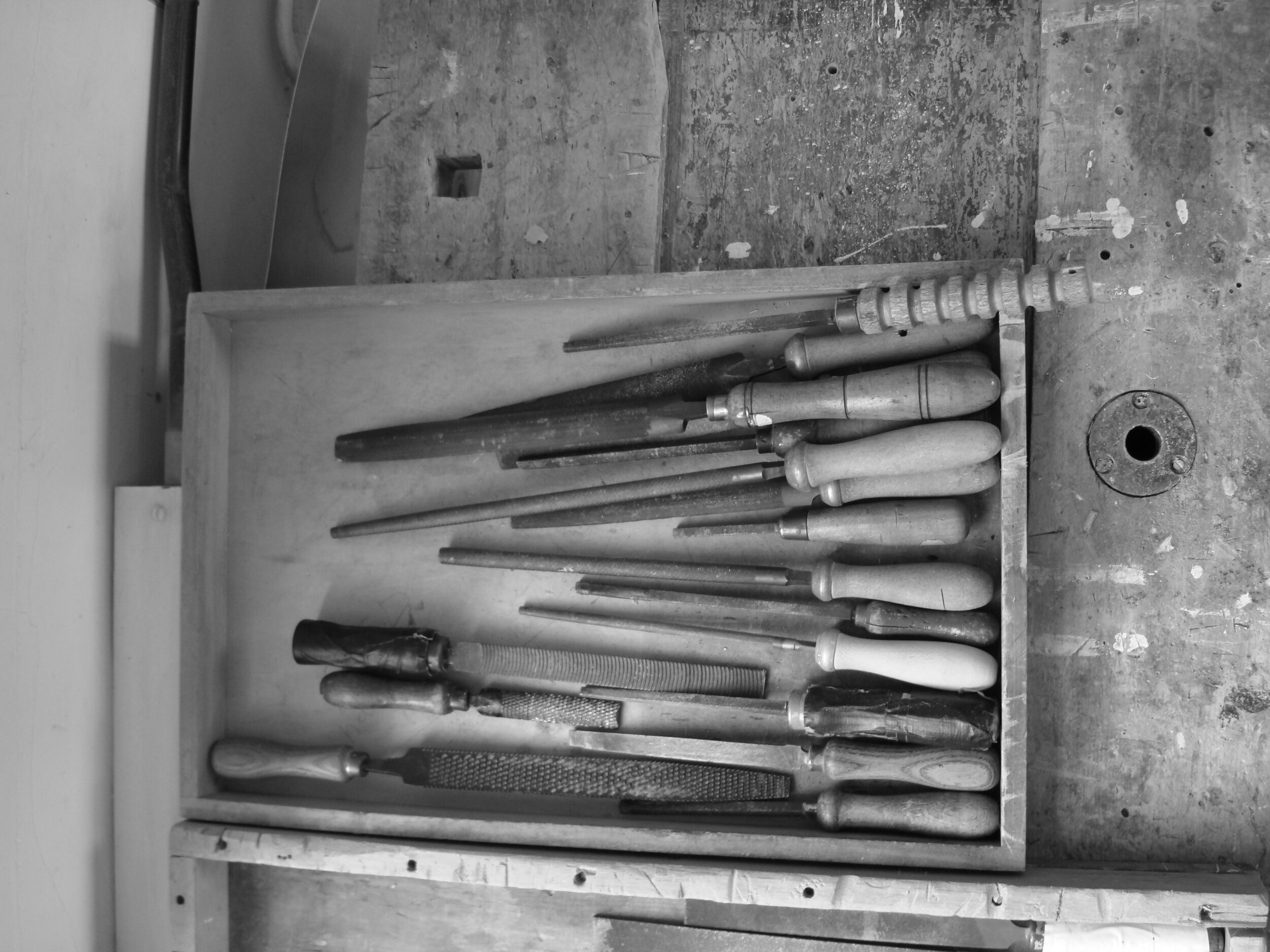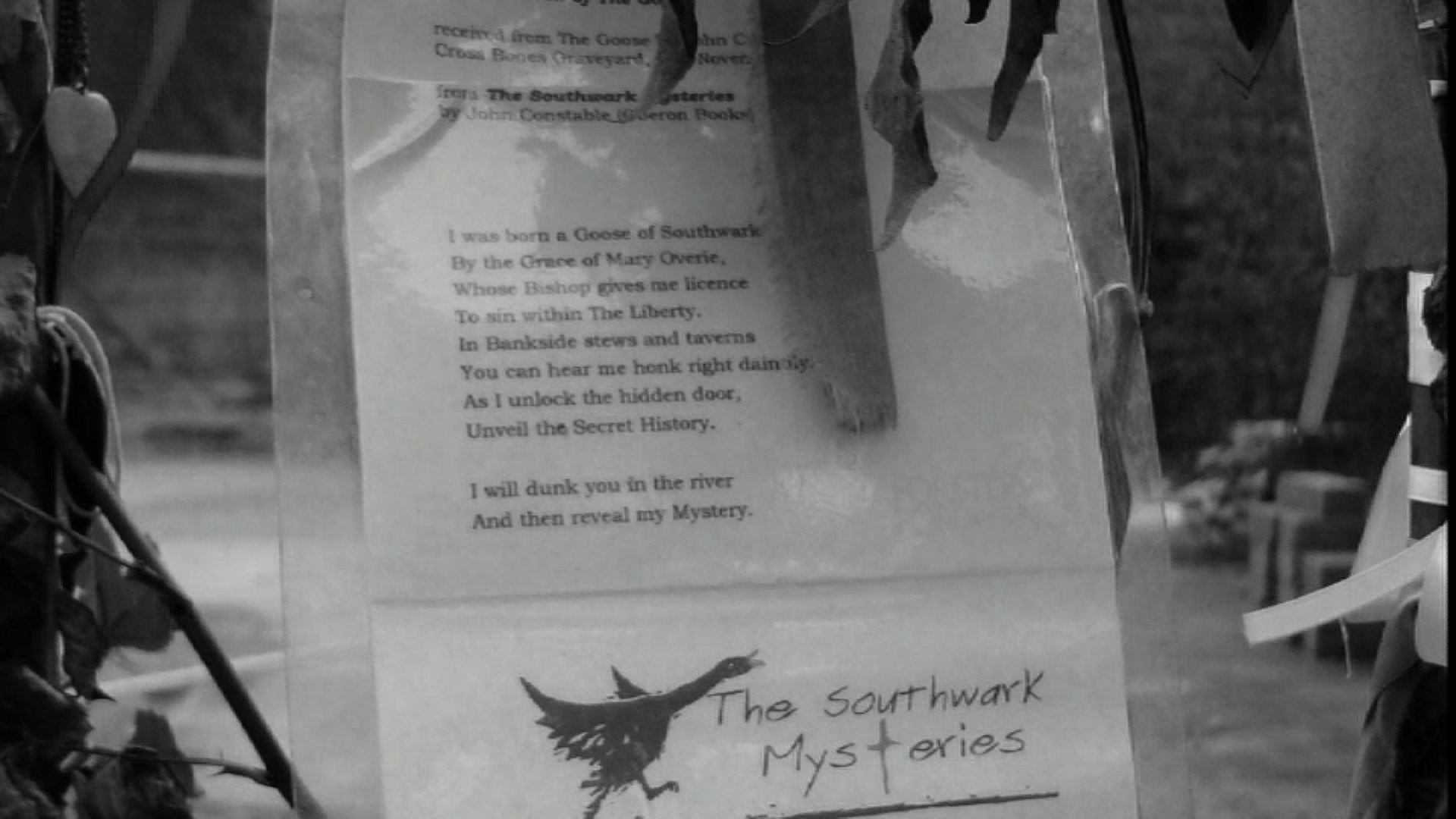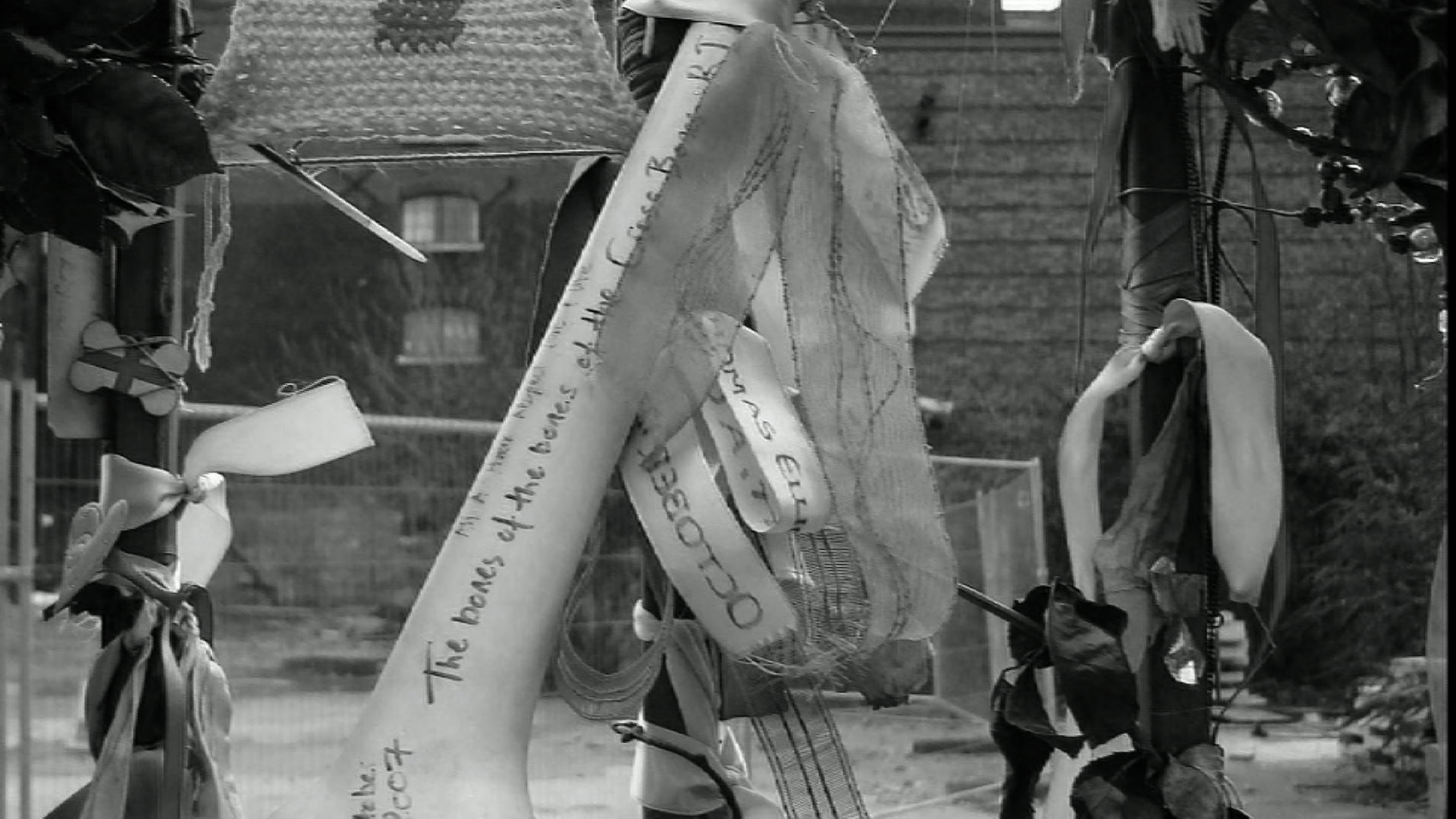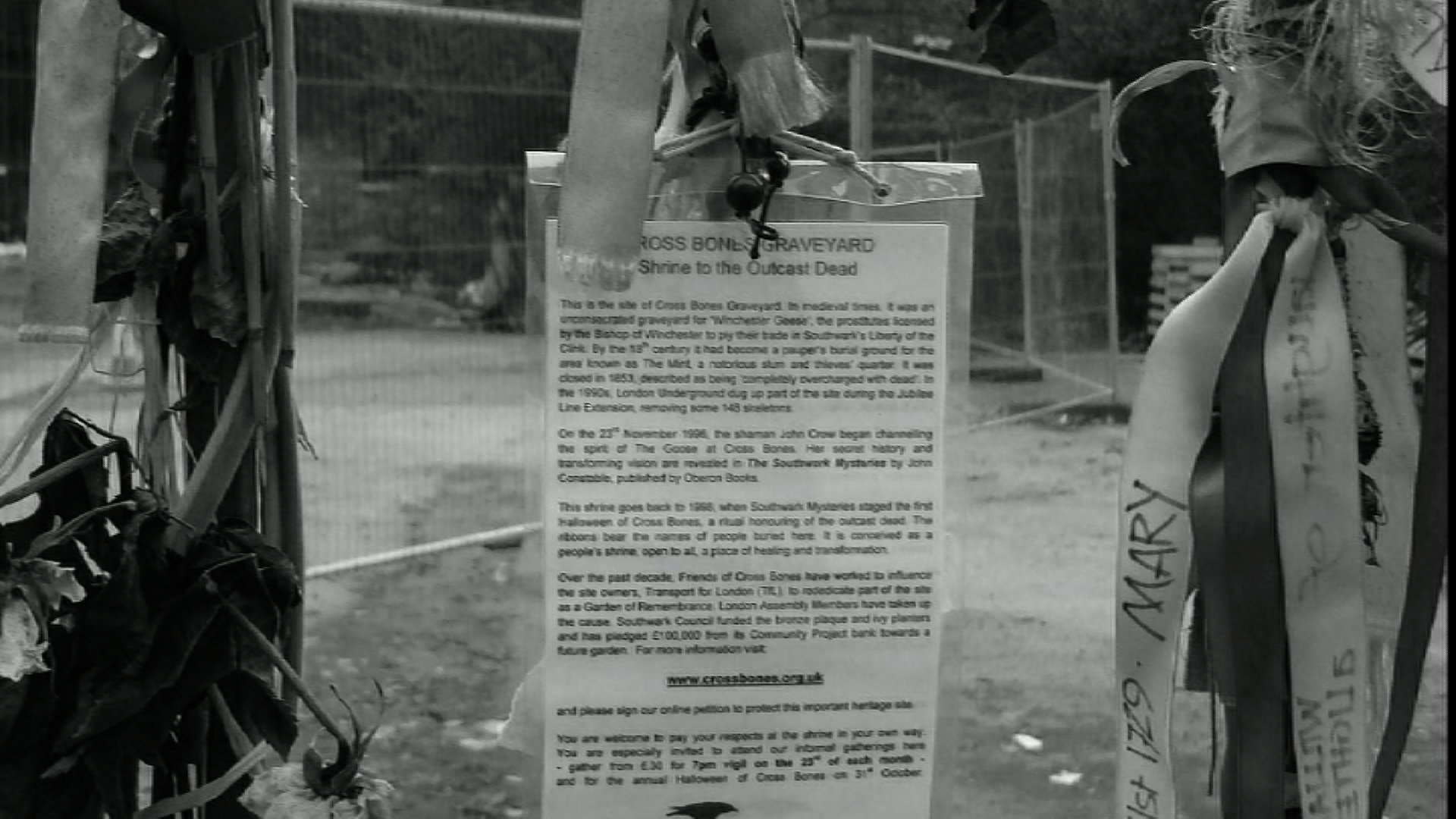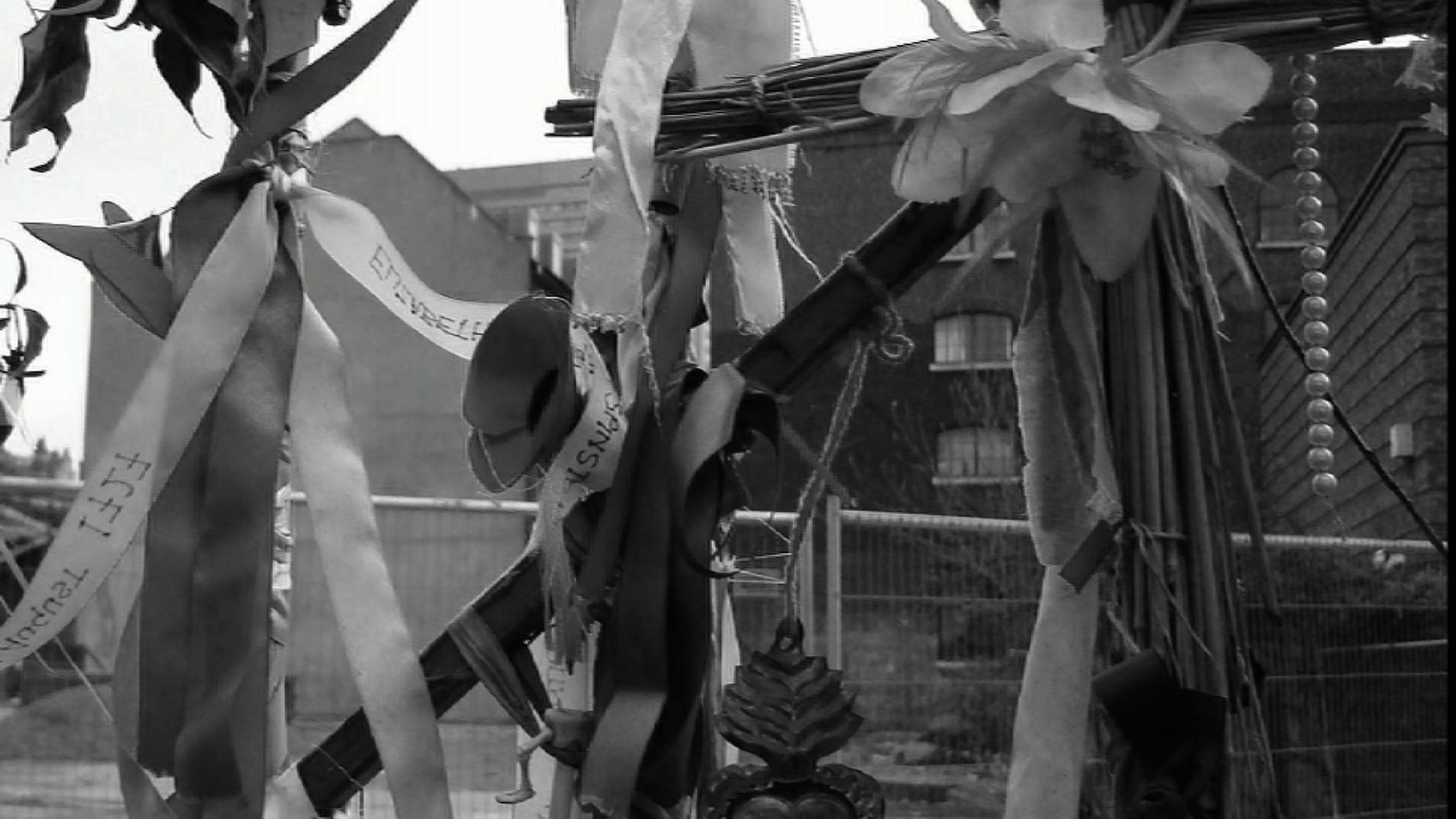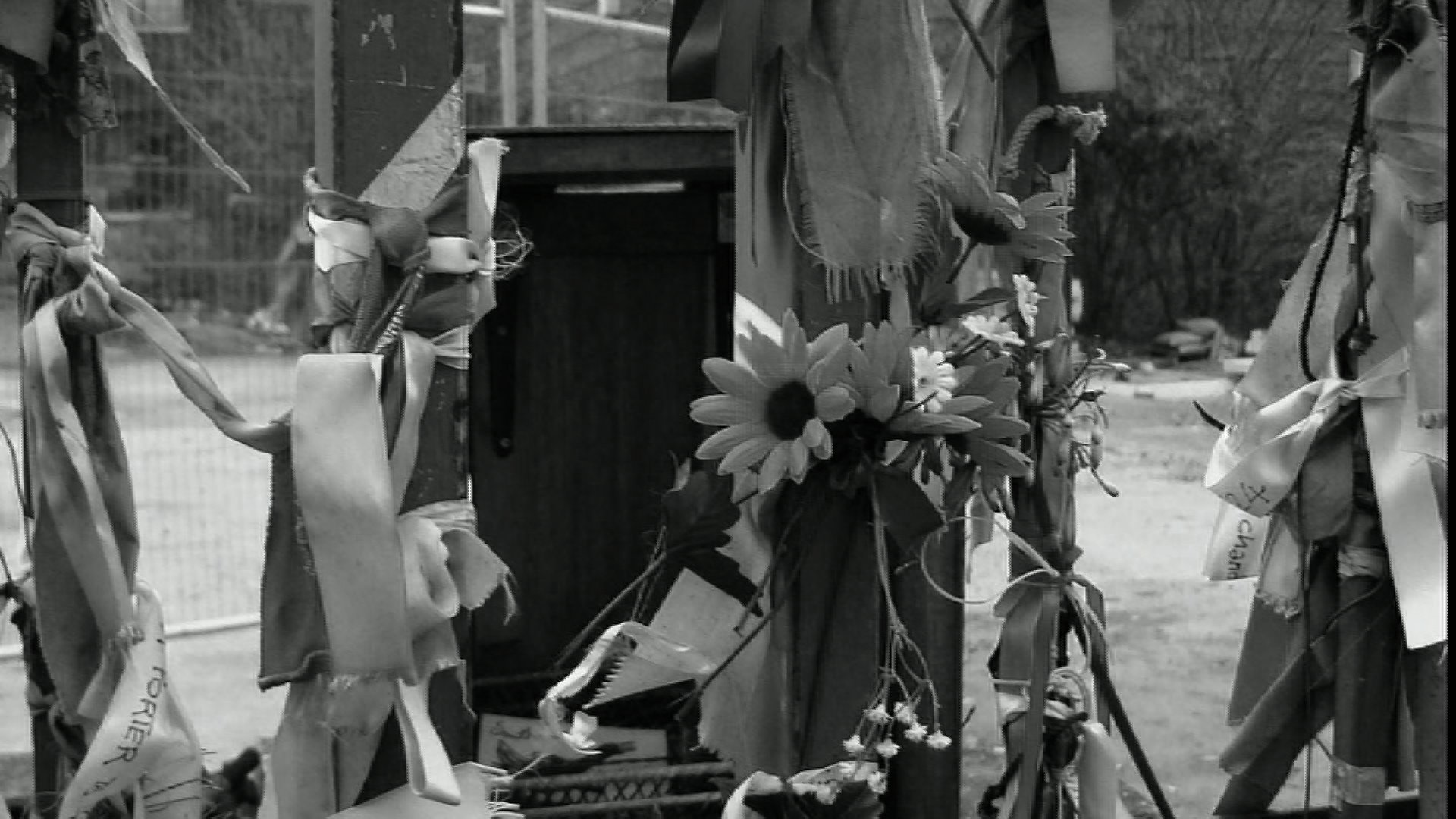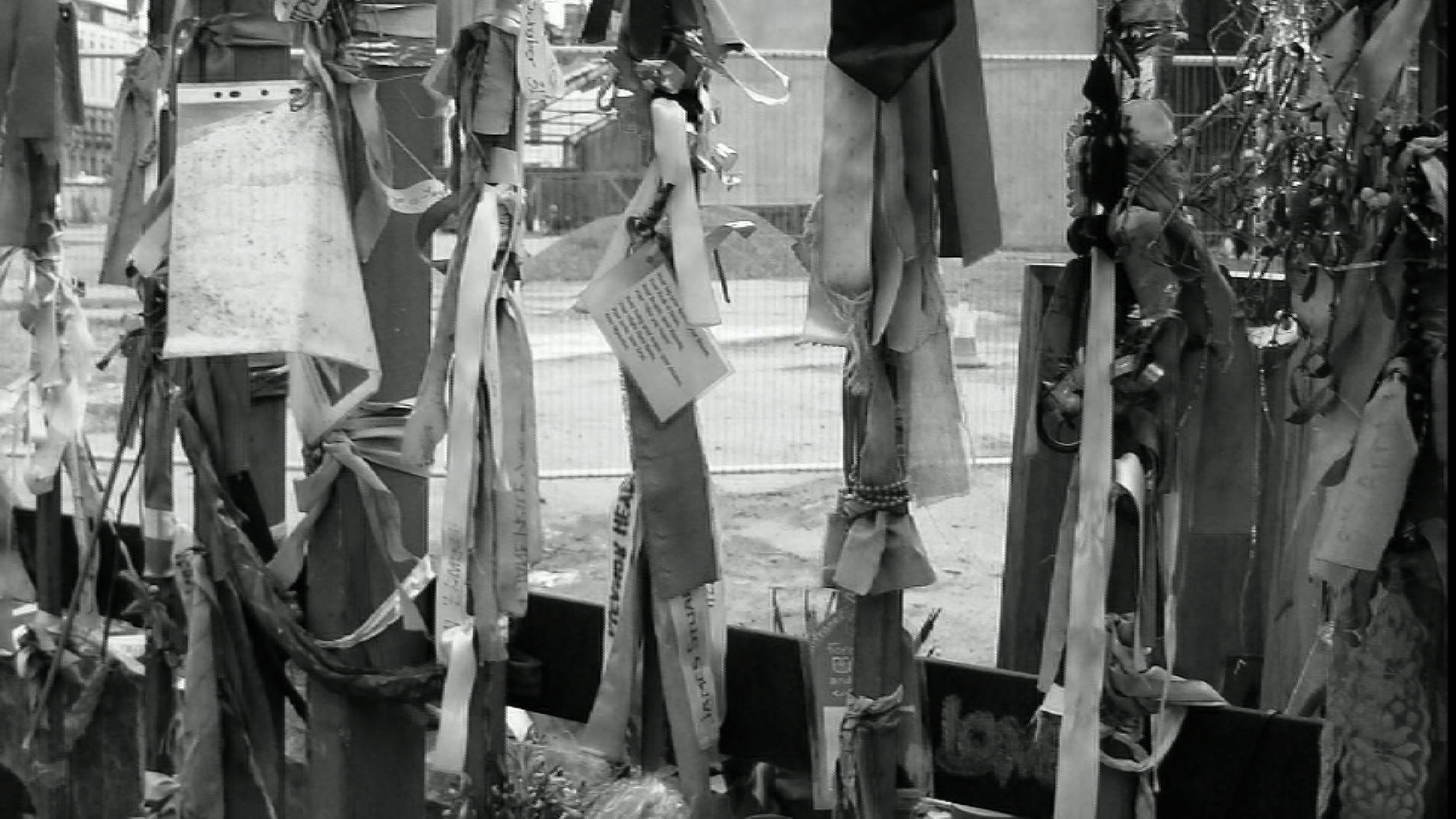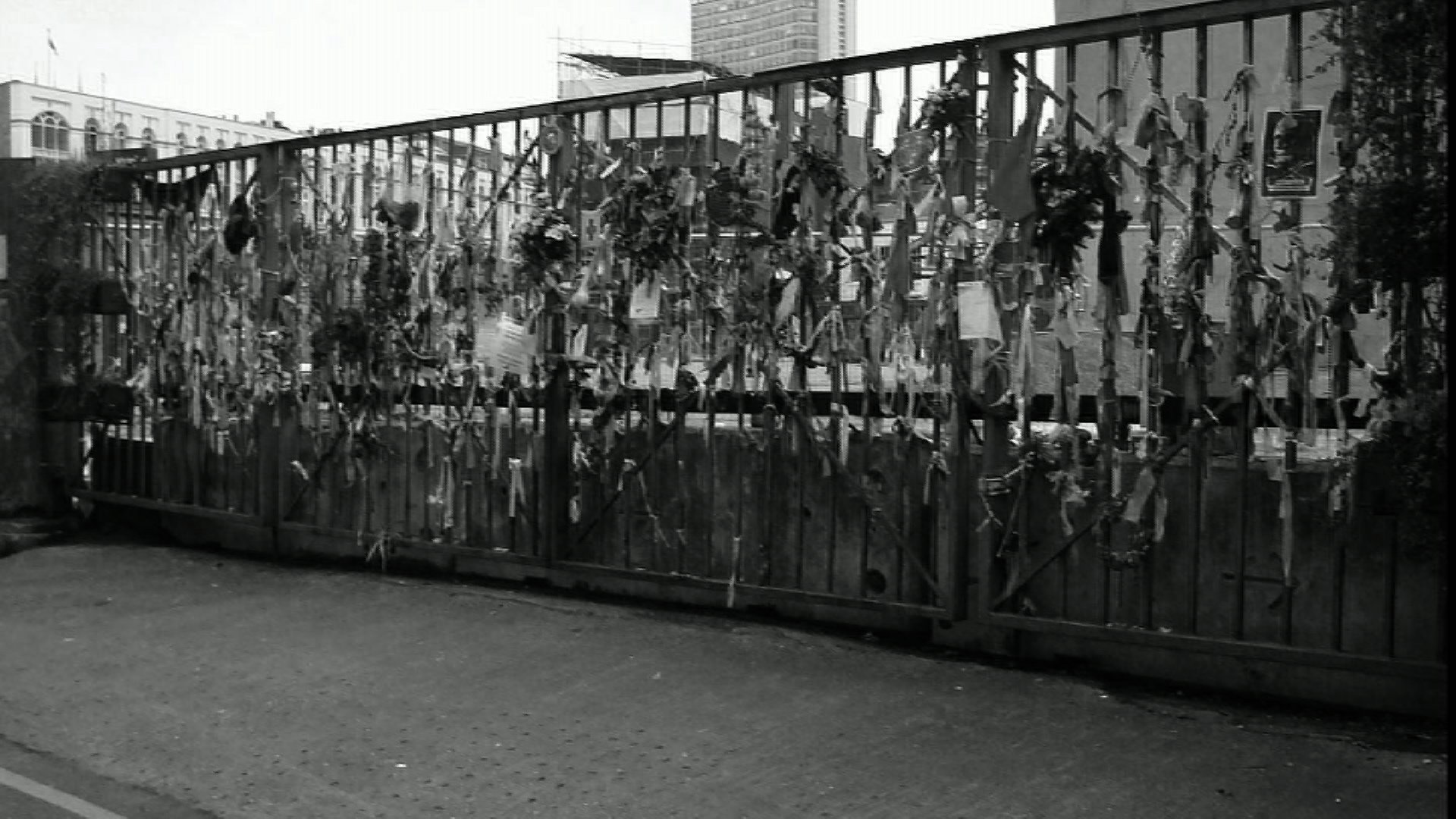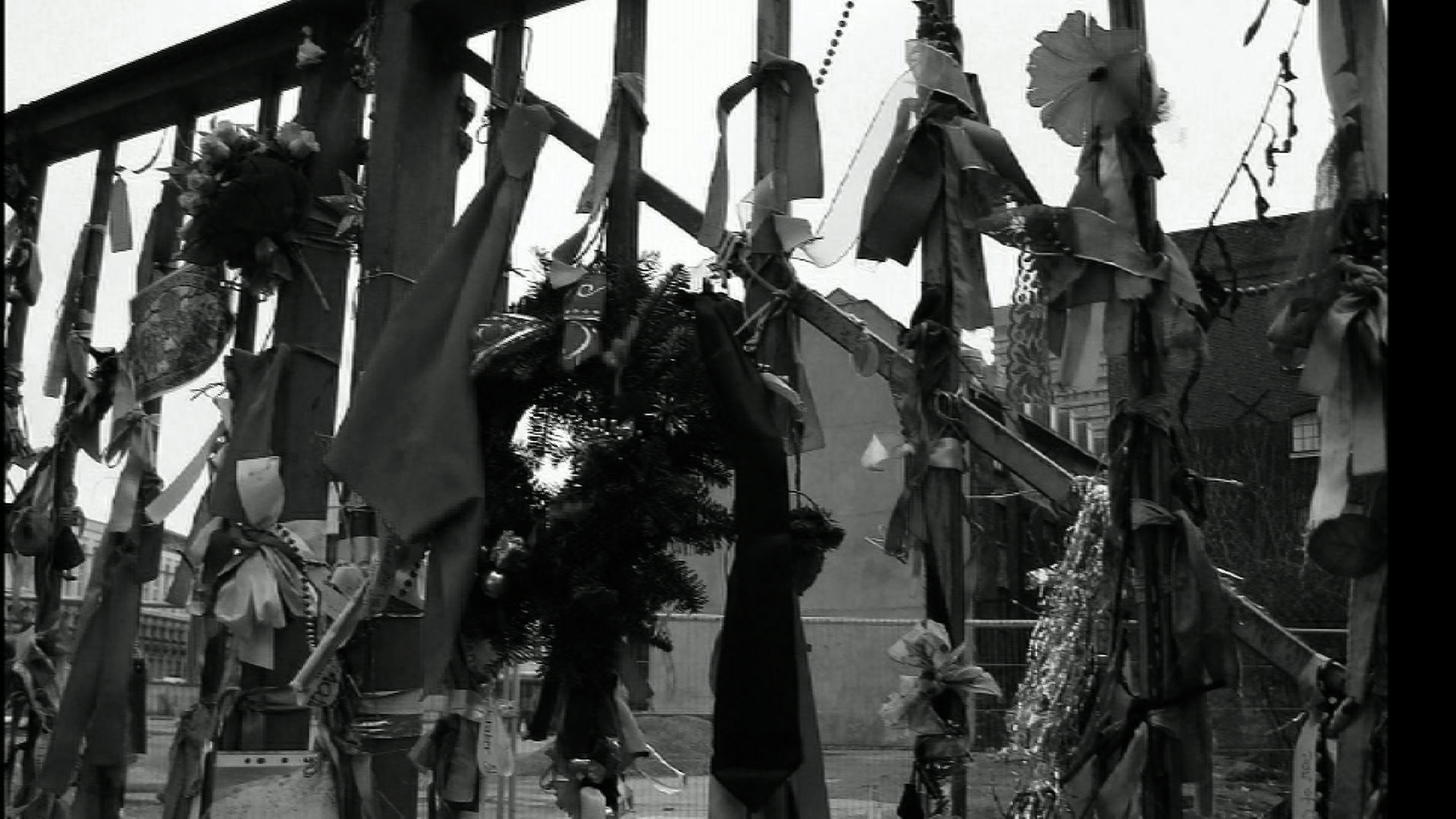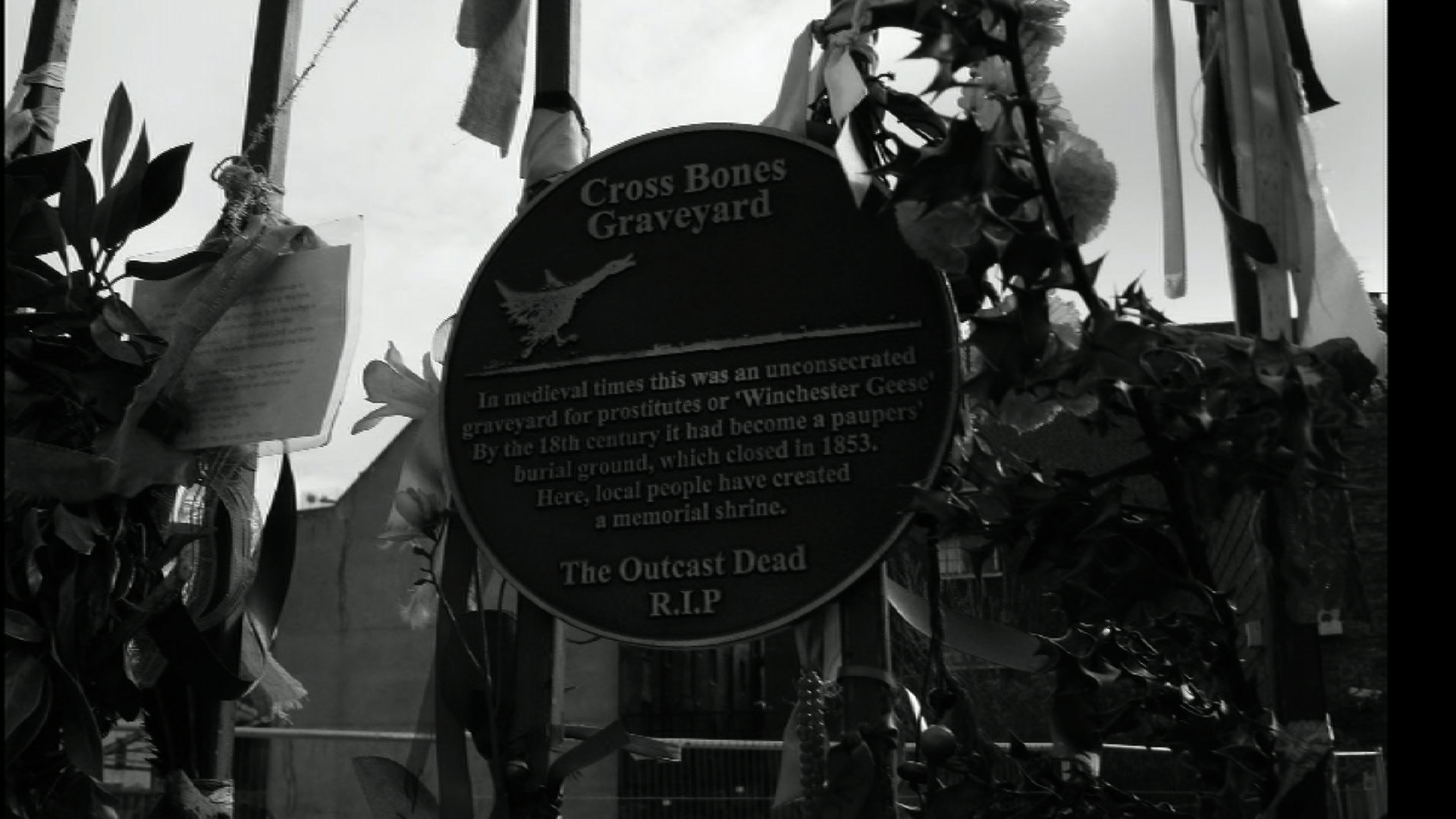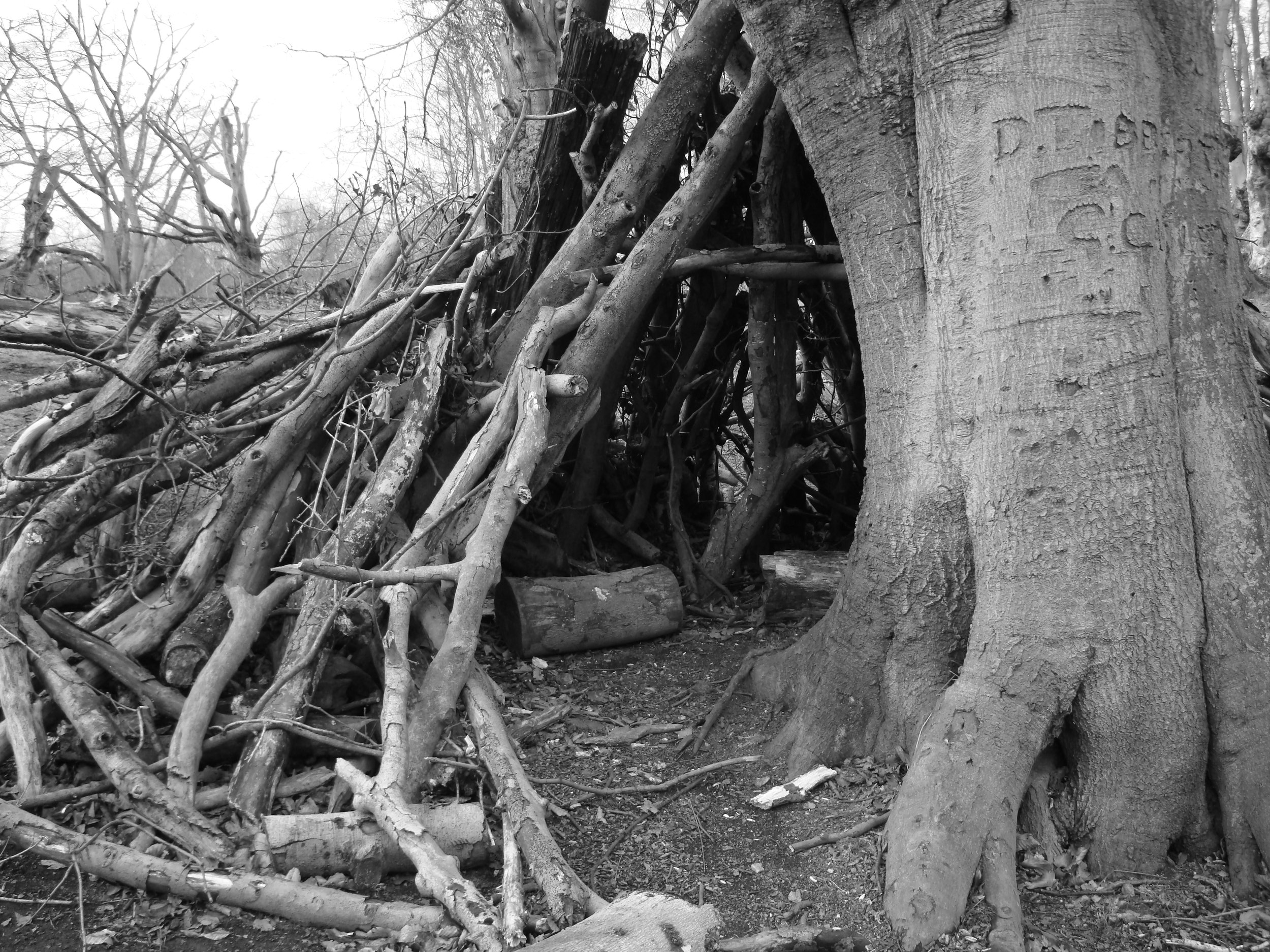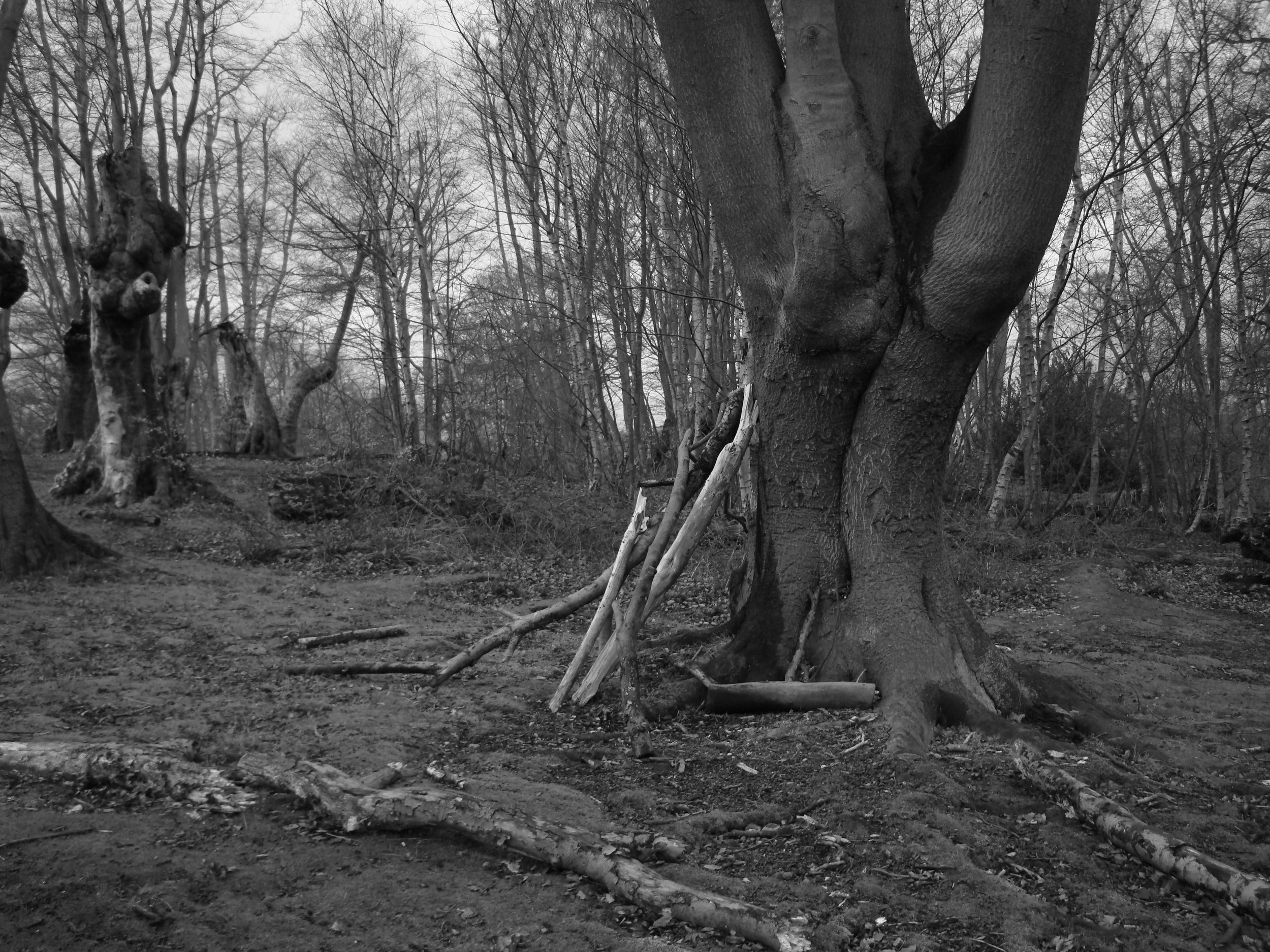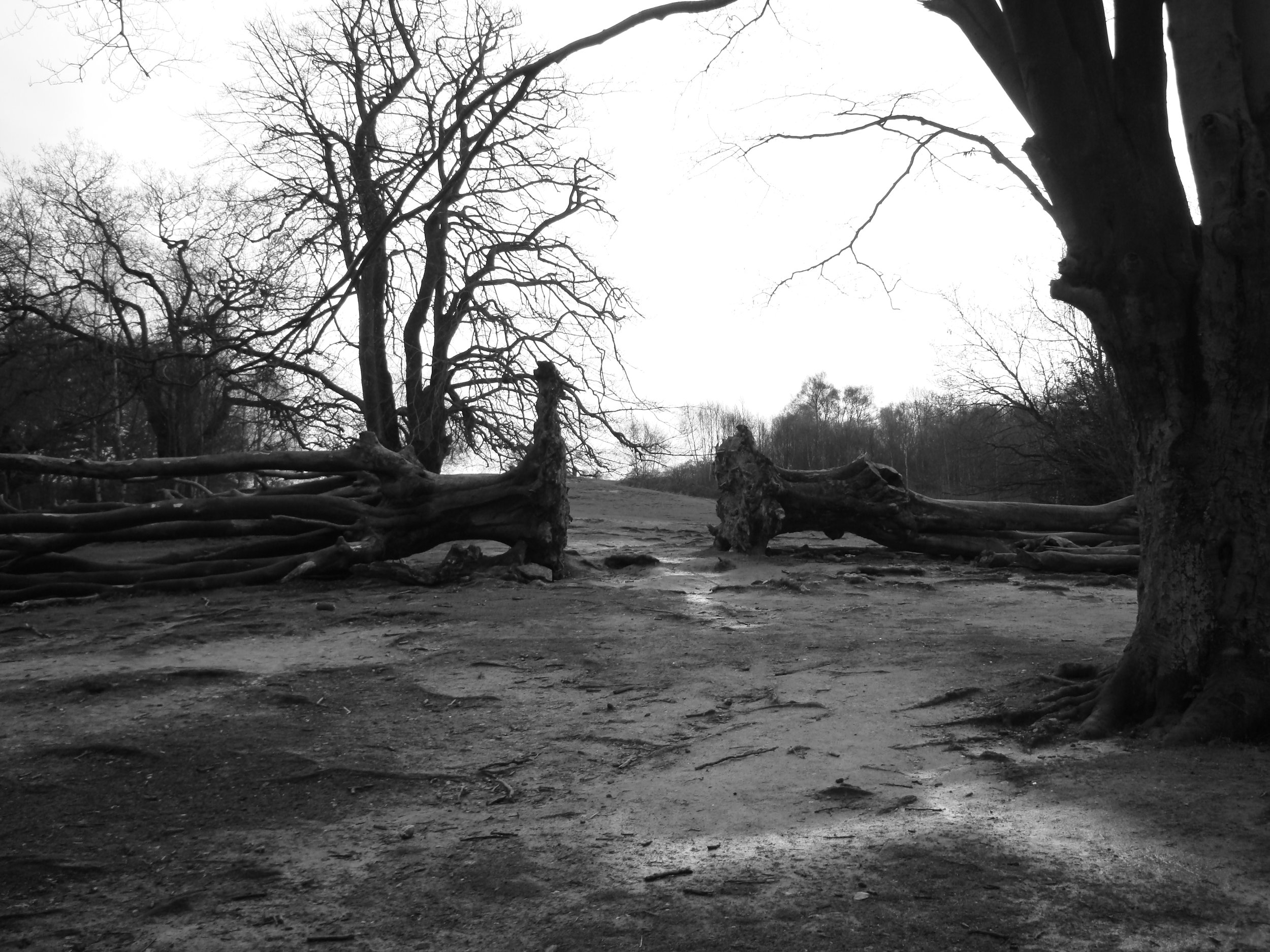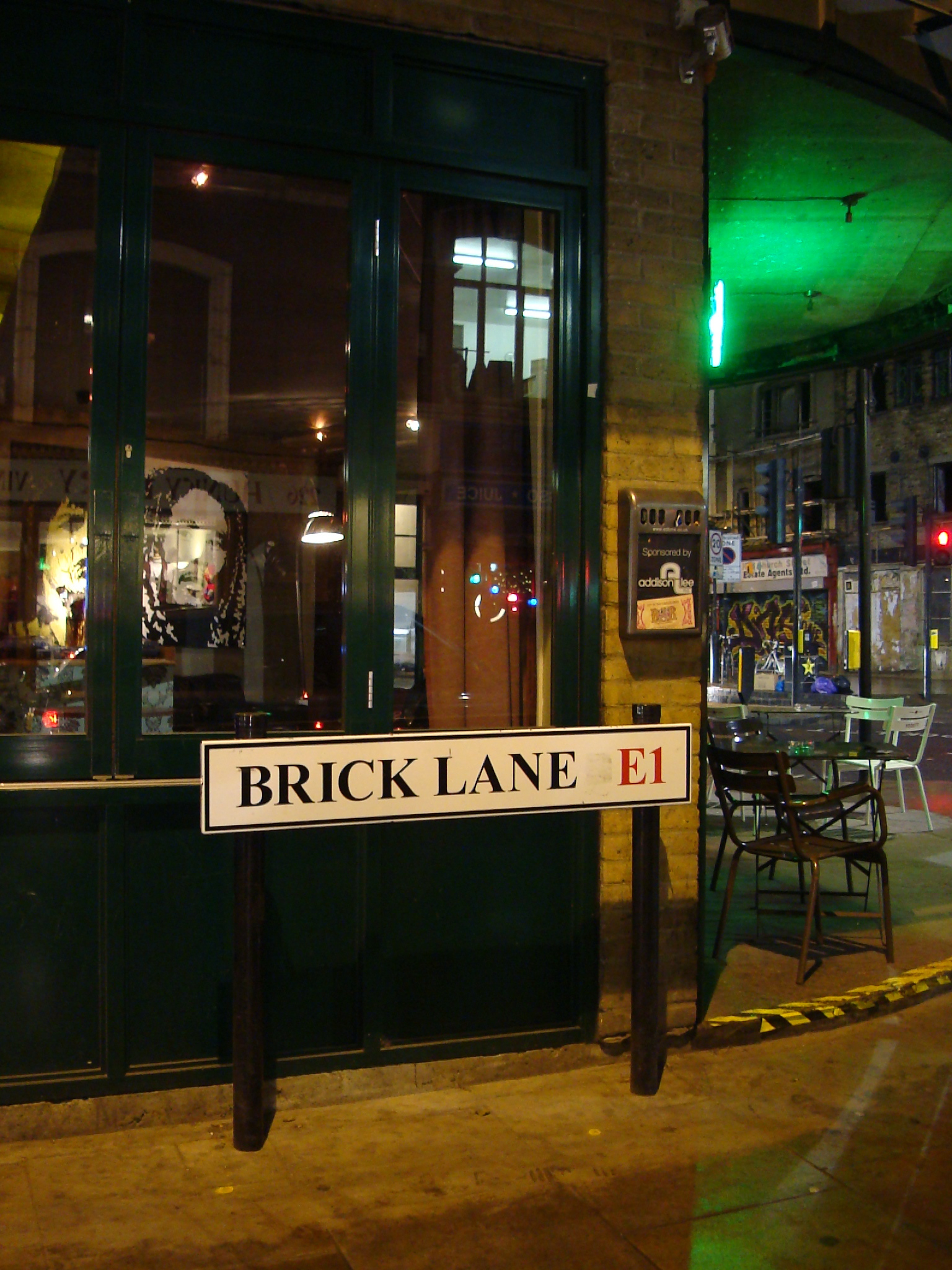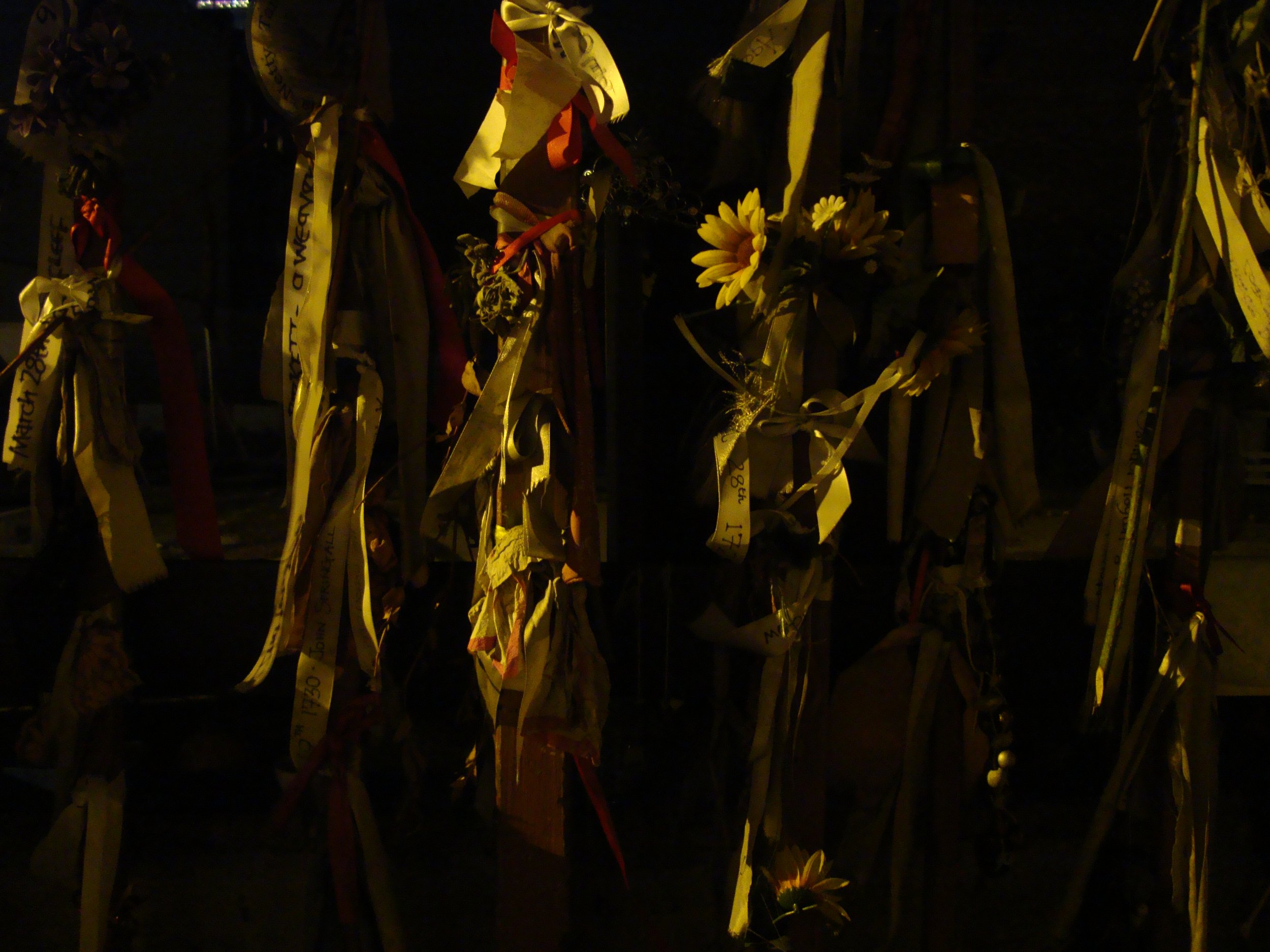FOUNDLING
This project had multi faceted aspects from performance, video and photography.
The video for the foundling only used almost exclusively still images so the photography was very important. There were five main locations, Venice, Epping Forest, the Ashlyns School in Berkhamsted, Hertfordshire, the streets Shoreditch and Crossbones grave yard in Southwark.
Ashlyns School
Ashlyns School The school was constructed for the Foundling Hospital 1932–35 by the architect John Mortimer Sheppard. Set in extensive grounds, it is designed in a Neo-Georgian (Neoclassical) style, laid out as a symmetrical group of school buildings linked by colonnades of stone columns and organised around a courtyard.
At the centre of the site, facing the entrance avenue, is the school chapel, topped with a tall cupola. The chapel is fronted by a large stone portico; four Doric columns support a large pediment which is emblazoned with the school coat of arms, consisting of an escutcheon depicting a baby and the moon and stars, and topped by crest of a lamb. It is flanked by a pair female supporters, the allegorical figures of Britannia and the eight-breasted Artemis of Ephesus. The motto is "Help". This heraldic device is similar to the arms of the original Foundling Hospital designed by William Hogarth.
Cross Bones
Cross Bones is a disused post-medieval burial ground on Redcross Way in Southwark, south London.[2] Up to 15,000 people are believed to have been buried there. It was closed in 1853.
Cross Bones is thought to have been established originally as an unconsecrated graveyard for prostitutes, or "single women", who were known locally as "Winchester Geese" because they were licensed by the Bishop of Winchester to work within the Liberty of the Clink.[1][3] The area lay outside the jurisdiction of the City of London and as a consequence became known for its brothels and theatres, as well as bull and bear baiting, activities not permitted within the City itself.[4][5] By 1769 it had become a pauper's cemetery servicing St. Saviour's parish.
EPPING FOREST
Epping Forest is the largest open space in the London area at just over 6,000 acres, stretching from Manor Park in East London to just north of Epping in Essex. It’s a magnificent resource for people and wildlife, allowing visitors to explore the open grasslands, majestic oak, beech and hornbeam woodlands, look deep into its ponds and listen to the birds, insects.
As one of the earliest publicly accessible landscapes in England, Epping Forest predates the UK’s National Parks by nearly 80 years. Entrusted to the City of London as Conservators by the Epping Forest Act of 1878, to maintain its natural aspect, the Forest was dedicated by Queen Victoria ‘for the enjoyment of my people forever.
Much of the Forest is of national and international conservation importance with two-thirds of it being designated as a Site of Special Scientific Interest (SSSI) and a Special Area of Conservation (SAC). These designations are due to its large numbers of ancient trees which support a wealth of wildlife, including wood-boring beetles and fungi, its ancient grasslands and heaths, as well as its many freshwater ponds. Oak, Beech, Birch, and Hornbeam are the dominant trees.
Epping Forest is home to 55,000 ancient trees, more than any other single site in the country. Some are centuries old and may have been growing there since Anglo-Saxon times representing some of the oldest living plants in Europe, irreplaceable and rare.
SHOREDITCH
Shoreditch is a district in the East End of London in England, and forms the southern part of the London Borough of Hackney. Neighbouring parts of Tower Hamlets are also perceived as part of the area.
In the 16th century, Shoreditch was an important centre of the Elizabethan Theatre, and it has been an important entertainment centre since that time. Today, it hosts many pubs, bars and nightclubs. The most commercial areas lie closest to the city of London and along the A10 Road, with the rest mostly residential.
VENICE
Venice.We speak of ‘social empowerment through music education’ as if it were a modern construct. El Sistema, the music education program that began in the 1970s ‘that rescues children from the depredations of poverty through music’ is justly called a revolution, almost a miracle in achieving this objective.
But the ‘Red Priest’ (Il Prete Rosso), the flame-haired Italian Baroque composer, virtuoso violinist, teacher and cleric Antonio Vivaldi (1678-1741) was steeped in exactly such philanthropic work over three centuries ago, when barely in his twenties.
The church of Santa Maria della Visitazione is an imposing Venetian waterfront edifice even today, a few hundred yards from the city’s famed landmark, Piazza San Marco. It is better known as Ospedale della Pietà, or La Pietà, or even more simply, as ‘Vivaldi’s church.’
The Pietà was a convent, orphanage and a famed music school in Venice. It was a haven for orphans and abandoned, mostly illegitimate girls, especially those left in their care as babies. Like other Venetian ospedali or Foundling Hospitals, it gained renown for performances of sacred music by its figlie di coro. La Pietà also had a formidable orchestra of up to sixty players, all female. Inevitably, it became a hub of creativity, with composers writing music specifically for them.
Venice’s Ospedali played a pivotal role in the Republic’s musical life. Choirs and orchestras, made up exclusively of girls, were formed from those orphans that showed musical talent. They were trained by the finest musicians and composers, whose salaries were paid by the governors, sometimes out of their own pockets. The girls’ regular performances of sacred and secular music were packed with Venetians, including the nobility (some of whom sent their daughters to train with the orphan girls), and were an indispensable venue for foreign grand tourists (tourists undertaking the Grand Tour of Europe), who waxed lyrical about the foundlings’ virtuosity and angelic singing. Some soloists attracted enthusiastic followings, and the girls’ marriage prospects – most left the Hospitals by the age of 25 – were greatly enhanced by the admiration they enjoyed, as well as the attractive dowries given them by the Doge.
The Ospedali became the templates for future music institutions in Italy and beyond. The Royal Academy of Music London (1822) was the first English music school that solely trained both boys and girls to be professional musicians. Felix Mendelssohn who in 1843 founded the Leipzig Conservatory was influenced by his teacher Carl Zelter who had begun a school modelled upon the Ospedali.
The Ospedale della Pietà alone produced at least five composers that we know of, all female, and three of them foundlings. They wrote in a distinctive ‘Pietà style’ of composition.
Those among the other foundlings who went on to become musicians and singers attained a degree of respectability that society might perhaps not have accorded them had they not been brought here. It is worthwhile noting that only girls in the orphanage were taught music, as boys could be trained for livelihoods in commerce and shipping. This was unusual in a society that generally frowned upon professional female musicians.
Vivaldi who had been ordained as a Catholic priest in 1703 (it is said that his mother dedicated him to the priesthood soon after his birth in gratitude for his deliverance from an earthquake that shook Venice the day he was born; others believe that he chose the profession to further his musical career), the same year he began work at the Pietà, wrote much of his sacred vocal and instrumental music for the forces available to him there during his thirty years of service to the institution.
It appears that he had his differences with the Ospedale’s board of directors from time to time. The board, which had to vote each year on whether a teacher stayed on or not, was seldom unanimous in their vote on Vivaldi. In 1709, he was voted out, 7 to 6, and he spent that year as a freelance musician outside the Pietà. But the same board voted him back, unanimously, in 1711. His absence had made them realize just how important Vivaldi was to them.
L’Estro Armonico (The Harmonic Inspiration) is a set of 12 concertos for stringed instruments, published in 1711, probably initially composed for performance by the girls of the Ospedale della Pietà.
Foundling: Gates of the monument
